Flashback Friday: Pricy Construction In Park Slope (Back In 1904)
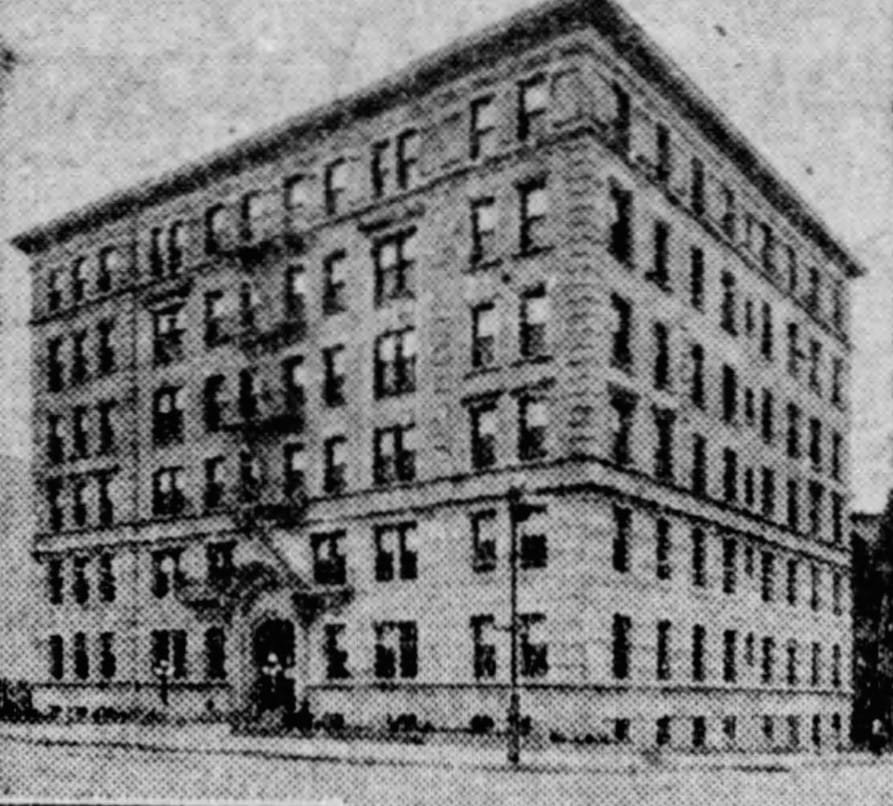
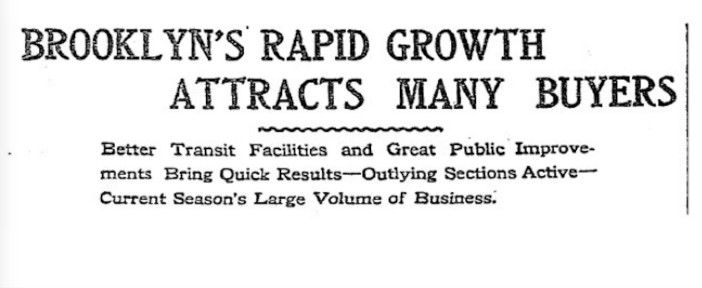
Drive or walk down 4th Avenue nowadays and you’ll see more earth movers and construction vehicles than cracks on the sidewalk. Traffic crawls as trucks block lanes, and pedestrians zig-zag across the wide thoroughfare because some sidewalks are closed.
And more just seems to be coming.
When looking back at our neighborhood over a century ago, there are striking similarities. In a New York Times article published on May 8, 1904 titled “Brooklyn’s Rapid Growth Attracts Many Buyers,” both transportation and “public improvements” are touted as part of the attraction. Park Slope, Bay Ridge, and Flatbush are the subject of examination.
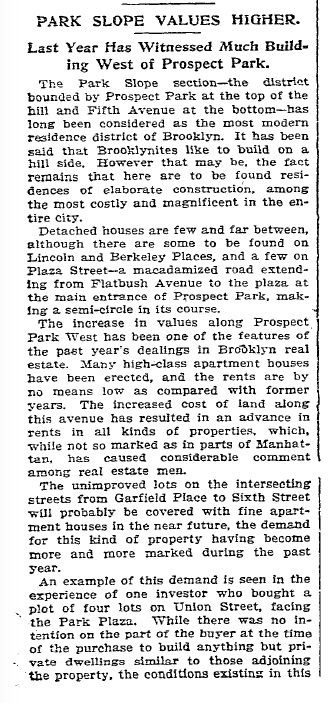

“It is said that Brooklynites like to build on the hillside. However that may be, the fact remains that here are to be found residences of elaborate construction, among the most costly and magnificent in the city.”
New buildings on Prospect Park West are all the rage, and “the rents are by no means low as compared to former years.”
Not long before the publishing of this Times article, The Hampton — a new building on 9 Prospect West (at President Street) — opened for occupancy in 1903.
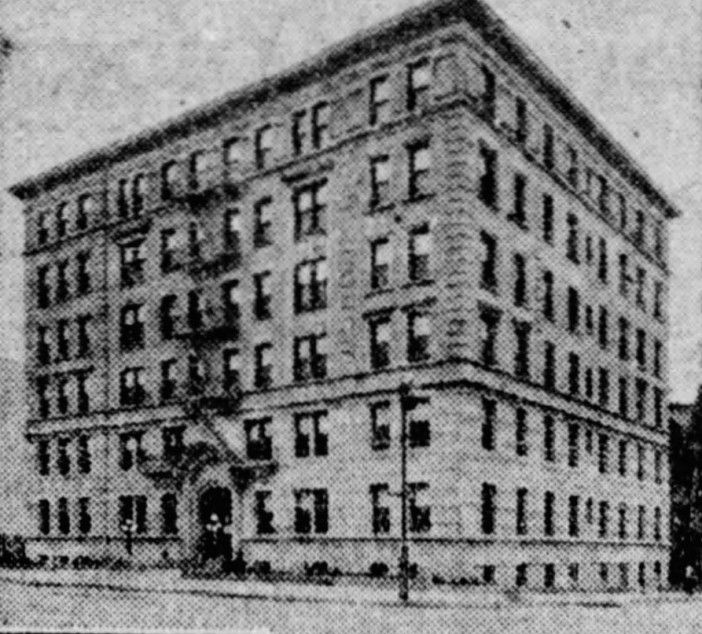
“The Hampton was a six-story brick and limestone structure containing 24 large apartments,” writes The Brownstoner. “It was designed by Schwartz & Gross, a then new architectural firm that went on to become one of New York City’s most prolific apartment house designers.”
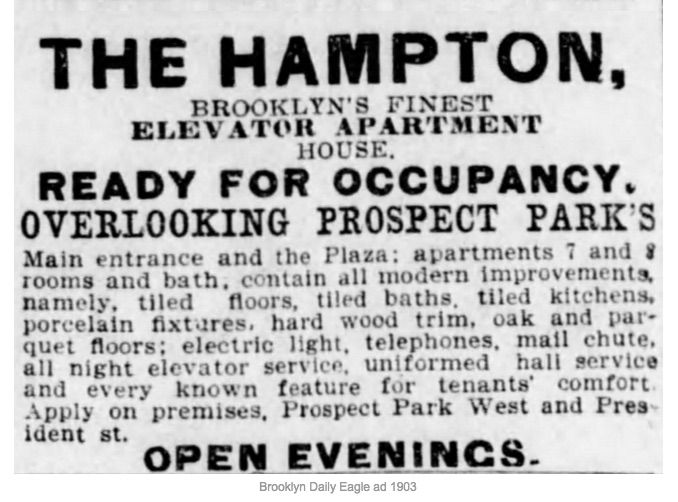
The ad in the Brooklyn Daily Eagle in 1903 boasts “electric light, telephones … all night elevator service, uniformed hall service and every known feature for tenants’ comfort.”
Developers also had their eyes on other parts of the neighborhood — including areas that were in need of great improvements:

The grand Hampton was demolished in 1928 by developer Samuel Wander. According to The Brownstoner, Wander “bought The Hampton in 1928, demolished it, and built a new 15-story (plus penthouse) Venetian-style building with 43 units. It was completed in late 1929, just as the Great Depression started.”

As the article on Brooklyn development concludes, the New York Times writes about how the tunnels to New Jersey now open “vast areas” of land with land values that are less expensive than Brooklyn. This certainly hasn’t made Park Slope any less desirable.
Those following the proposal for the Brooklyn-Queens Connector streetcar may draw similarities between the Jersey tunnels and how this potentially new transportation will make neighborhoods — once considered “outlying sections” — attractive to developers interested in creating more luxury buildings.
Over a century later, the article title could still be used today: “Brooklyn’s Rapid Growth Attracts Many Buyers.”

The question we’ll leave you with: Is this our new Hampton?



